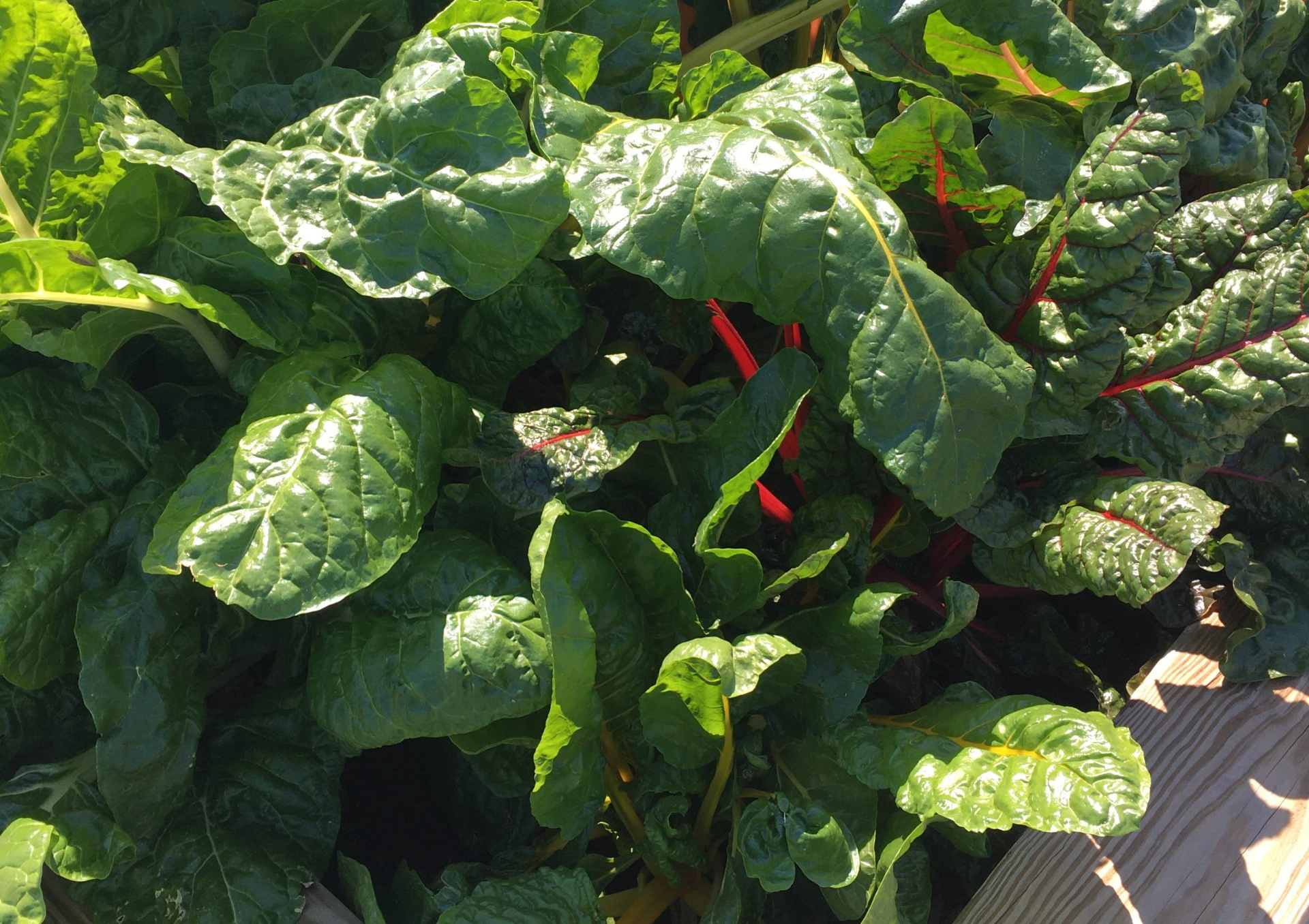Lawns
- Avoid the urge to fertilize your warm-season lawns. Fertilize in the summer when they are actively growing. Fertilizing lawns too early can cause cold damage from late spring frosts and make lawns more disease-prone.
- When dogwoods are in full bloom, apply pre-emergence herbicides to your lawn to control crabgrass. Crabgrass preventer is a pre-emergence herbicide to help stop crabgrass as it emerges. Remember to read and follow all label directions when handling pesticides.
- Herbicides are not very effective on large winter weeds that already started blooming and seeding. Mow these weeds and bag the clippings to reduce next year’s weed population.
- Bermuda, centipede, and zoysia lawns can be seeded from mid-March through June.
Trees, Shrubs and Flowers
- Divide hostas, daylilies, phlox, peonies, and other perennials that are too large and become too crowded can be dug and split now so flowering this summer is not disturbed.
- If needed, March is the time to fertilize your trees, shrubs, and perennials in the landscape. Apply slow-release fertilizer around the drip line of trees and shrubs and in areas with perennials.
- March is the time to cut back overgrown shrubs that need severe pruning. Cut plants back to 1-2’ about ground level. Most deciduous shrubs and broadleaf evergreens respond well to this type of pruning but never cut back conifers this far.
- Cut back ornamental grasses, as new shoots are visible.
- Snip off the spent blooms of spring-flowering bulbs to prevent seedpods from forming. To have bulbs be showy next year, control the urge to cut off yellow leaves but instead allow leaves to mature and die down naturally before removing them. This allows the leaves to store up nutrients into the bulb for next year’s flowering.
- An alternative for large, overgrown shrubs is to remove their lower branches and shape them into small multi-stemmed trees. Camellias, privet, and tea olive are particularly lovely pruned this way.

Fruit, Vegetables and Herbs
- Set out young broccoli, cabbage, swiss chard, kale, and bok choy plants in early March.
- Don’t plant summer vegetables too early. Warm-season vegetables, such as tomatoes and peppers, cannot tolerate a late spring frost. Warm-season vegetables should be planted after the chance of frost has passed, around mid-April.
- Asparagus beds can be fertilized in early March before spear growth begins.
- March is the time to fertilize fruit trees, blueberries, and muscadines. Fertilize blueberries carefully because they can easily be damaged by too much fertilizer.
- Continue sowing radish and greens like lettuce and arugula every few weeks for a steady supply of salad ingredients.
- Start cucumbers, squash, zucchini, and melons indoors to set out in mid-April.
- Perennial herbs like oregano, chives, rosemary, thyme, and marjoram can be planted any time of the year.
- Sow parsley, cilantro, and dill outdoors.
- Before purchasing and planting fruiting plants, find out which varieties are recommended for our area. Not all varieties work well in our climate.
- Apples and peaches require regular spraying for reliable production. Start a spray program as soon as the petals fall from the flowers. Spray every 10 to 14 days with a home fruit tree spray.
Jessica Strickland is an Agriculture Extension Agent, specializing in horticulture for North Carolina Cooperative Extension in Wayne County.


